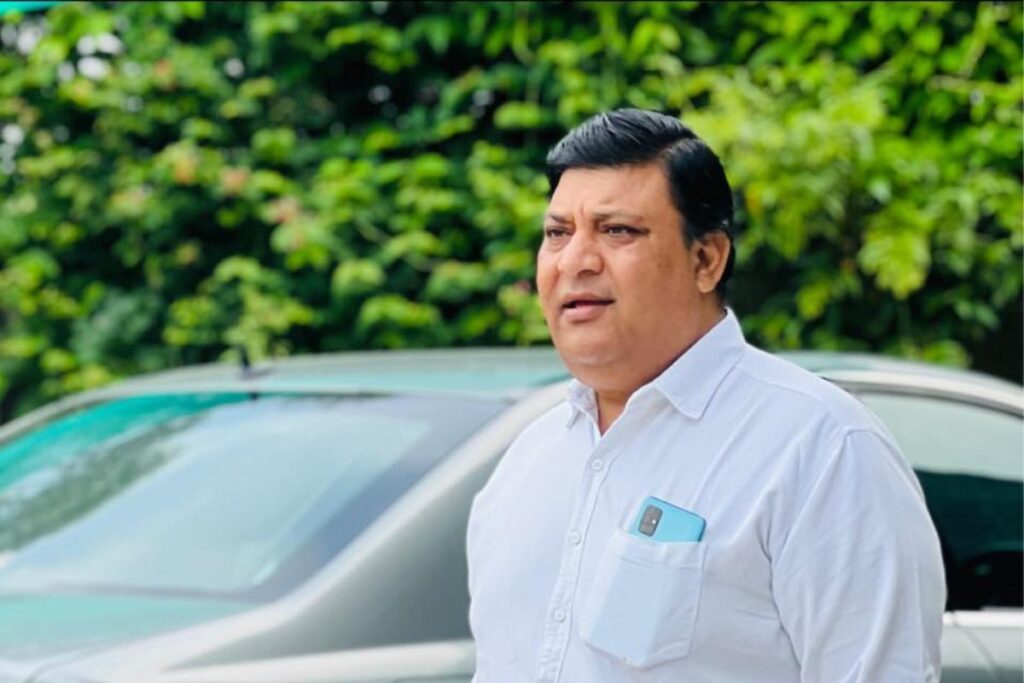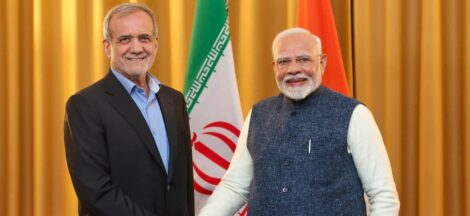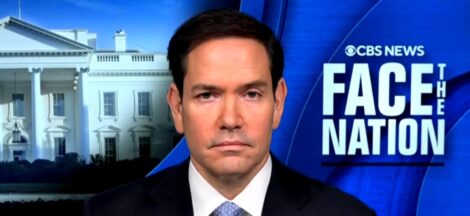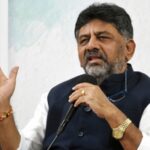Ramchandra, the councillor from Ward 28, has made a swift return to the Aam Aadmi Party (AAP) after a short-lived association with the Bharatiya Janata Party (BJP). This political maneuver highlights the fluidity and shifting allegiances within Delhi’s political landscape.
Initially aligned with AAP, Ramchandra’s move to the BJP was marked by significant media attention and political speculation. His departure from AAP to BJP was seen as a notable shift, given his previous tenure as a Member of the Legislative Assembly (MLA) for the Bawana constituency. During his time with BJP, Ramchandra was involved in various party activities and was seen as a potential asset for the BJP’s electoral strategy in Delhi. However, his return to AAP suggests a re-alignment of his political priorities and possibly a response to the evolving dynamics within Delhi’s political arena.
The political landscape in Delhi has been marked by intense competition among major parties, with AAP and BJP being the primary contenders for power. Ramchandra’s return to AAP is a strategic move that could influence upcoming local and national elections. This shift comes amid ongoing political realignments and strategic consolidations as parties prepare for future contests.
Political analysts have noted that such frequent shifts in allegiance can impact the stability and cohesiveness of political parties. For AAP, re-integrating Ramchandra might bolster their presence in Ward 28 and possibly help in consolidating their voter base in the Bawana area. Conversely, BJP’s loss of Ramchandra could be seen as a setback in their strategy to strengthen their foothold in Delhi.
The implications of this move extend beyond individual political strategies. It reflects broader trends within Indian politics, where party affiliations are increasingly fluid, and strategic decisions often drive political alignments. The pattern of shifting allegiances can influence party strategies and voter perceptions, potentially affecting electoral outcomes.
As the political landscape continues to evolve, such movements underscore the dynamic nature of party politics in India. Political analysts and observers will be closely monitoring how these shifts impact not only the internal strategies of the parties involved but also the broader political environment in Delhi.
This development adds another layer of complexity to the already competitive political scenario in Delhi, where strategic realignments and party dynamics play crucial roles in shaping electoral prospects.




 Karnataka Dy CM Granted Relief in Disproportionate Assets Case
Karnataka Dy CM Granted Relief in Disproportionate Assets Case 